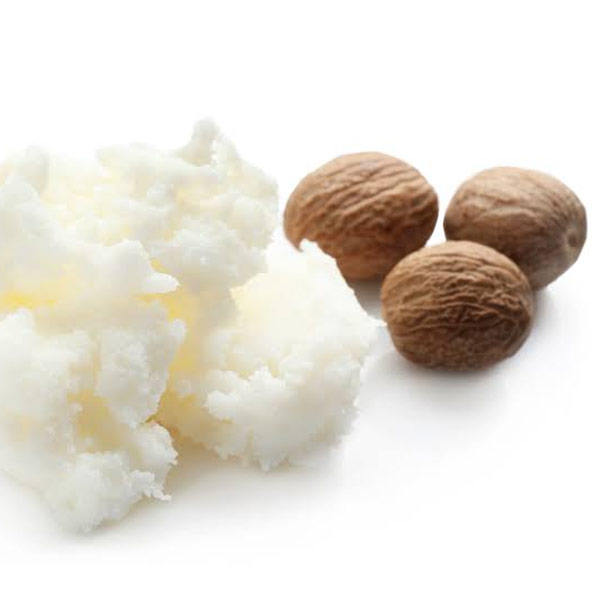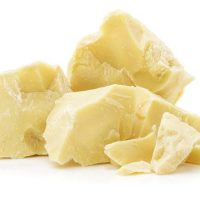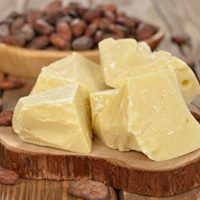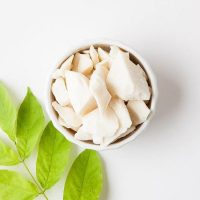Description
INCI: Butyrospermum parkii
Source: The Shea tree/African Karite Tree grows in the Savannah belt from Western Africa to the Ethiopian Hills.
Popular Uses: Shea butter is commonly used in the cosmetics industry for skin and hair related products. Due to its emollient and humectant properties it is commonly used in the creation of lip-gloss, skin moisturizer creams and lotions and as hair conditioners. Shea Butter is also used in soap making and is normally 5-7% of the oils in the recipe because it is partially unsaponifiable. High percentages will result in softer soaps that have less cleaning abilities. Shea butter is resistant to rancidity and contains naturally occurring Vitamins A, D, E and F.
Description: Refined Shea Butter is a white fat that is extracted from the nut of the African Karite Tree (Vitellaria paradoxa). Shea butter is a triglyceride (fat) derived mainly from stearic acid and oleic acid containing about oleic acid (40-60%), stearic acid (20-50%), linoleic acid (3-11%), palmitic acid (2-9%), linolenic acid (<1%) and arachidic acid (<1%) (Vitamin F). It has a smoky and nutty natural smell.
Shelf Life: Typical shelf life is 2 years, however, organic and preservative-free butters can become rancid if stored in unsealed containers in high humidity and high temperatures. Store in a dark, cool place in a closed air-tight container.
Common uses: Eczema, Psoriasis, Dermatitis, chapped and dry skin, sooth chapped Lips, sun protection, anti-inflammatory, anti-oxidant for skin, non comedogenic (does not clog pores).





Reviews
There are no reviews yet.